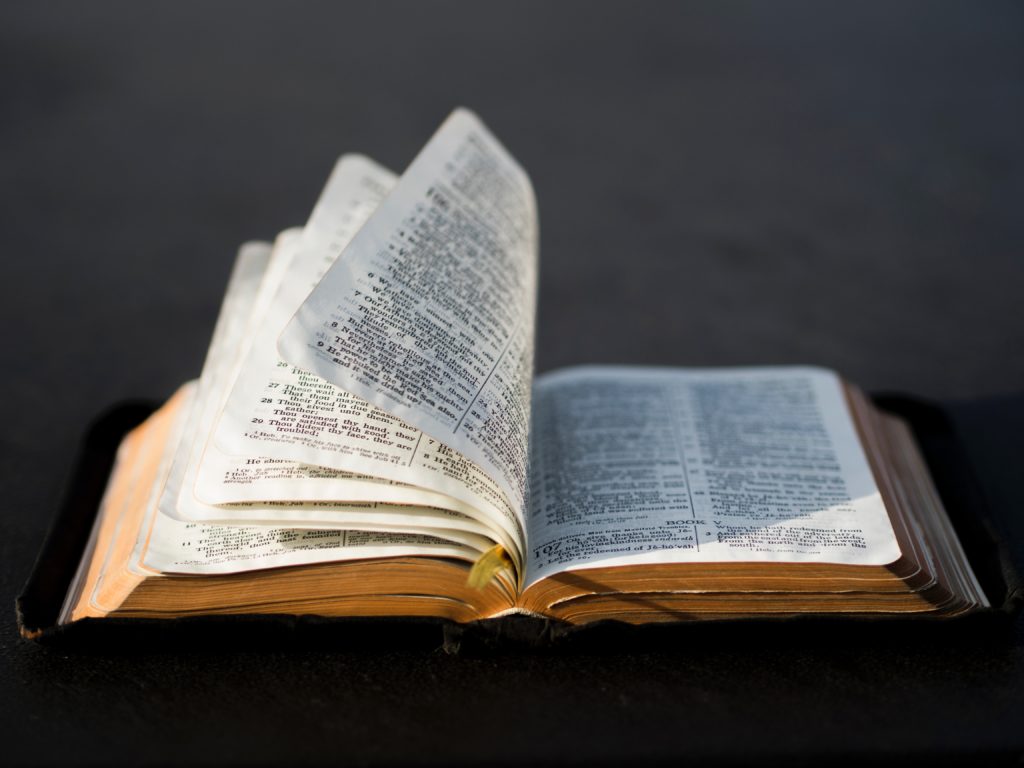
Part 1: Like No One Else | Part 2: Deity 1 | Part 3: Deity 2 | Part 4: Deity 3 | Part 5: Deity 4 | Part 6: Deity 5 | Part 7: Deity 6 | Part 8: Deity 7 | Part 9: Deity 8
There’s one more category of evidence for Christ’s deity that I’d like to cover.
Worship.
Jesus is worshiped. That worship is both tolerated and commanded—and not just by Jesus himself.
Let’s run through a few passages.
- 8 When Simon Peter saw it, he fell down at Jesus’ knees, saying, Depart from me; for I am a sinful man, O Lord. 9 For he was astonished, and all that were with him, at the draught of the fishes which they had taken (Lk 5.8-9).
Falling at someone’s knees may or may not be an act of worship. But then Peter refers to the owner of those knees as “Lord.” We’ve seen earlier that this term is often indicated by context to be an ascription of deity—which it seems to be here as well. And Peter’s reaction follows an act by Jesus which this lifelong experienced fisherman immediately recognized as supernatural.
- 9 Wherefore God also hath highly exalted him, and given him a name which is above every name: 10 That at the name of Jesus every knee should bow, of things in heaven, and things in earth, and things under the earth; 11 And that every tongue should confess that Jesus Christ is Lord, to the glory of God the Father (Php 2.9-11).
Several things to note about how this passage significantly extends the previous one. First, it’s God the Father speaking, not Peter the occasionally bumbling disciple. Second, the worshipers include not just the aforesaid disciple, but all beings, natural and supernatural; and Paul seems to be piling on parallel phrases to make just that point. And third, to the ascription of “Lord” is added the observation that this ascription brings glory to God—which is the very definition of worship.
- 6 And again, when he bringeth in the first-begotten into the world, he saith, And let all the angels of God worship him (He 1.6).
Here we have two additional factors: the worshipers are specifically named as “all the angels of God,” and the text specifically uses the term “worship.”
I’ll also note that Jesus is here called “the first-begotten.” This word usually means “natural firstborn,” whether of humans or animals (Ne 10.36); but it sometimes means “highest ranking,” since the firstborn in the family was culturally the highest ranking (Ps 89.27; Jer 31.9). Given that this is in a context of worship, “highest ranking” is the much more likely nuance. There is no indication here of any limitation on Jesus’ status.
- 12 Saying with a loud voice, Worthy is the Lamb that was slain to receive power, and riches, and wisdom, and strength, and honour, and glory, and blessing. 13 And every creature which is in heaven, and on the earth, and under the earth, and such as are in the sea, and all that are in them, heard I saying, Blessing, and honour, and glory, and power, be unto him that sitteth upon the throne, and unto the Lamb for ever and ever. 14 And the four beasts said, Amen. And the four and twenty elders fell down and worshipped him that liveth for ever and ever (Re 5.12-14).
Here we have the fulfilment of the Philippians 2 passage. It is hard to imagine any description of this scene other than worship.
I should note that two divine figures are in view here; he “that sitteth upon the throne” is the Father, while “the Lamb that was slain” is obviously the Son. I think he “that liveth for ever and ever” and is worshiped in verse 14 is most likely the Father. But at the end of verse 13 the two appear in perfect grammatical and functional parallel, equally the objects of the worship.
One closing comment.
Scripture is very clear that no one but God is to be worshiped (Dt 6.13; Mt. 4.10). When John tries to worship an angel, he is rebuked (Re 22.8-9).
Jesus is God.
Photo by Aaron Burden on Unsplash
Part 11: Humanity 1 | Part 12: Humanity 2 | Part 13: Humanity 3 | Part 14: Humanity 4 | Part 15: Unity 1 | Part 16: Unity 2 | Part 17: Unity 3

